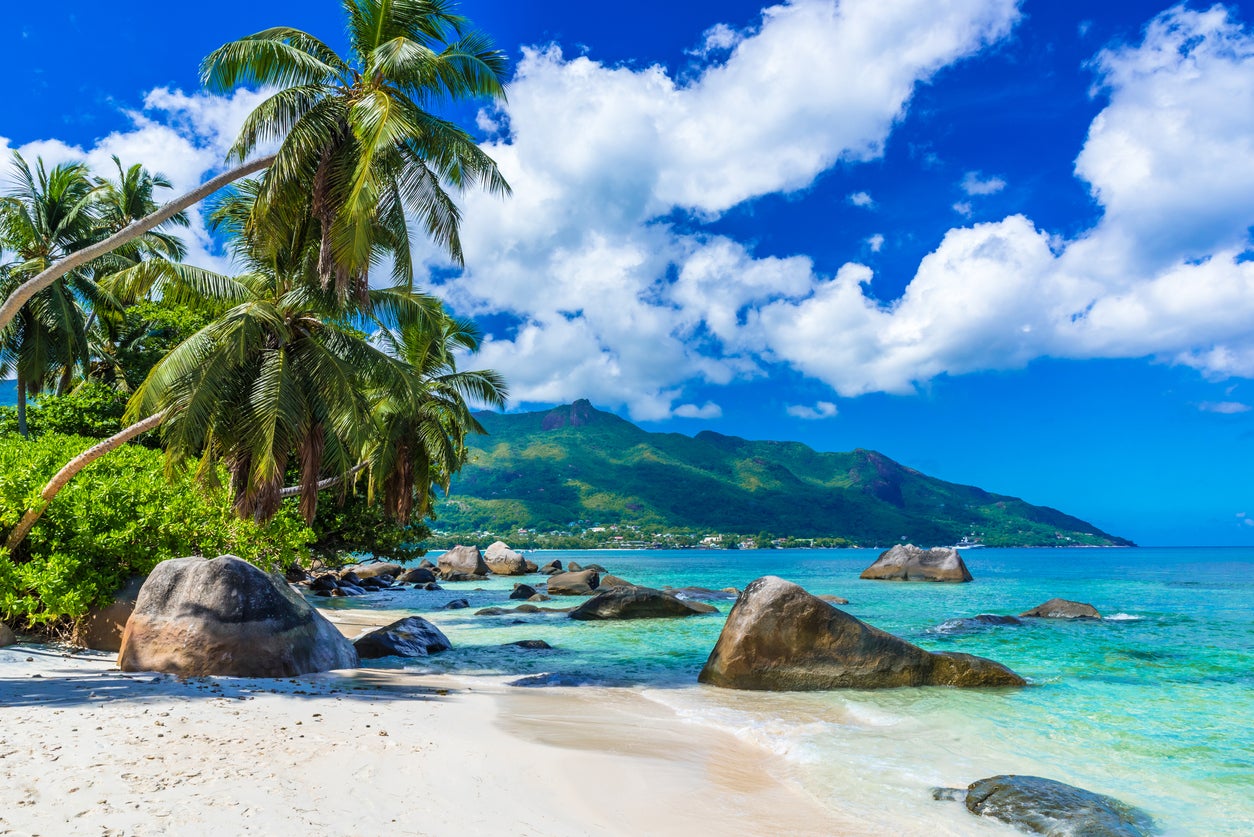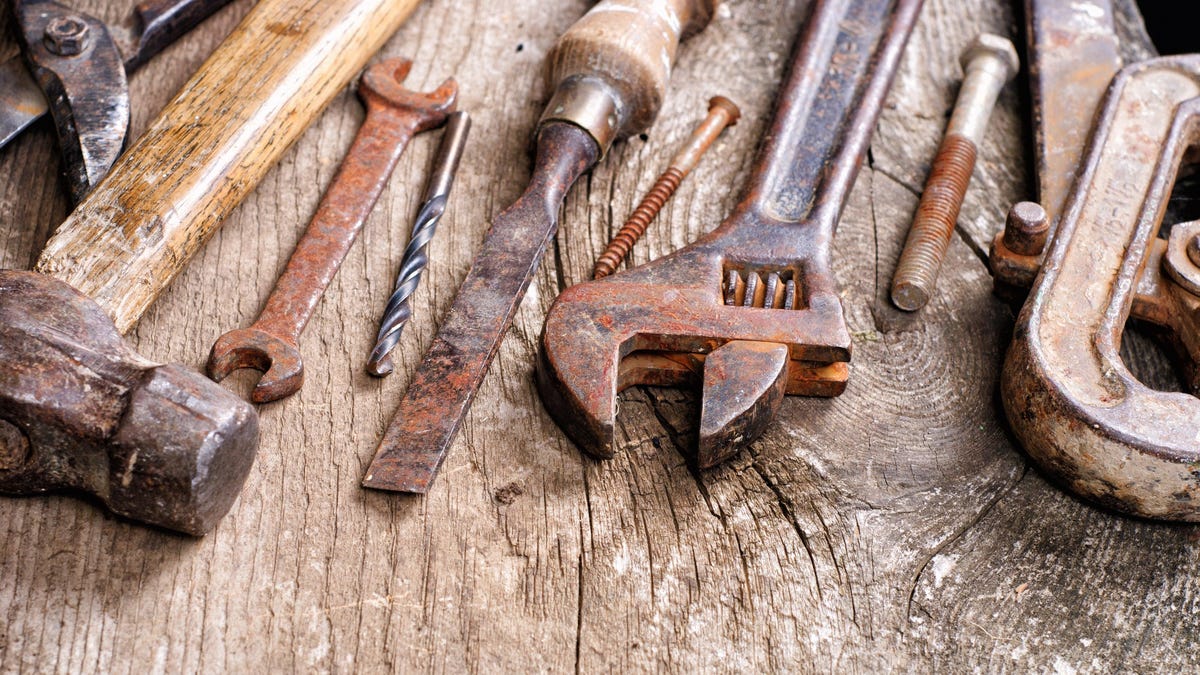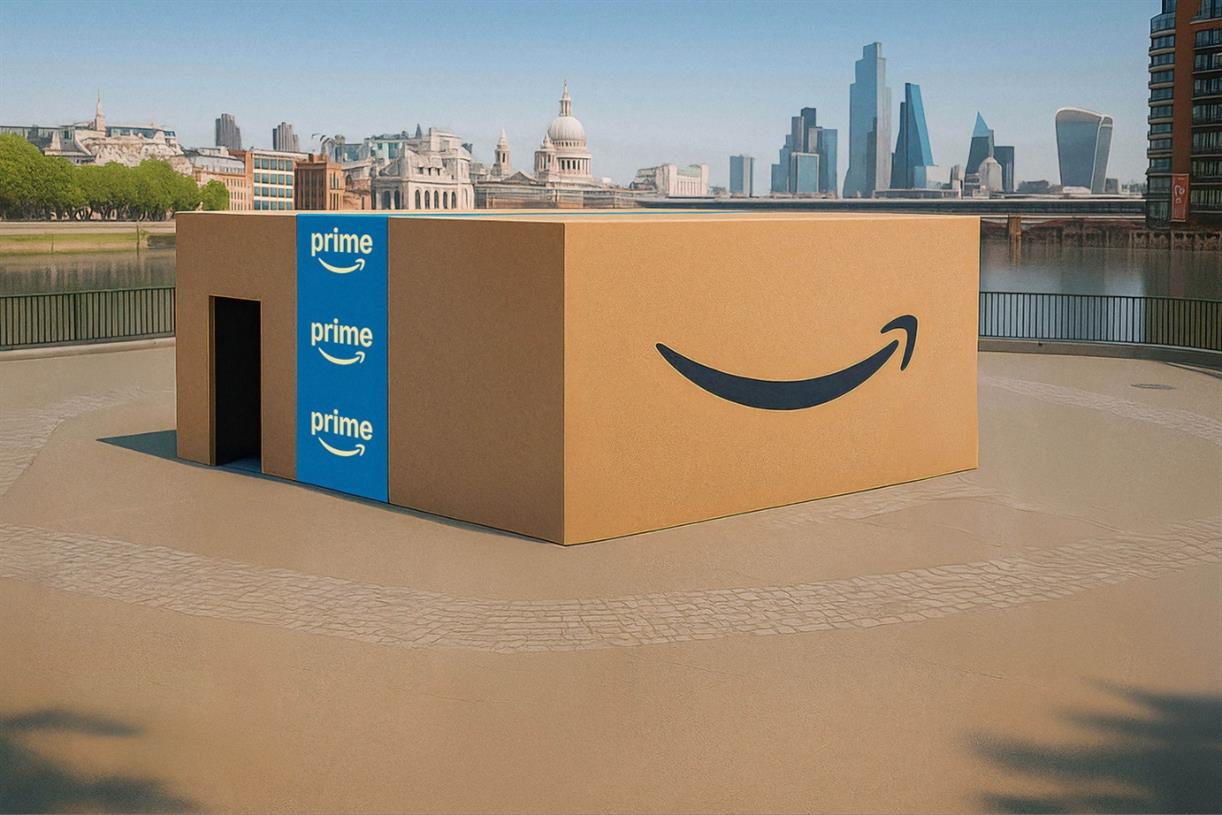Le Havre city guide: where to eat, drink, shop and stay in Normandy’s cool, concrete jungle
With striking waterfront architecture, boat tours and lashings of art, this is the French city you may have overlooked, says Anna Richards

Sign up to Simon Calder’s free travel email for weekly expert advice and money-saving discounts
Get Simon Calder’s Travel email
The unconventionally striking port city of Le Havre, Normandy, is a survivor, rebuilt virtually from scratch following WWII. It bears little resemblance to Monet paintings you’ve seen (the artist moved to Le Havre aged five), but instead looks like a contemporary art gallery, with rainbow-coloured shipping containers, geometric sculptures, and a concert hall inside a building shaped like a volcano.
Too often overlooked by tourists passing through en route to Honfleur or the cliffs of Étretat, ultra-modern Le Havre rewards travellers looking for somewhere a little different. Artisan breweries overflow nightly, there’s a distinctly global restaurant scene, and the city has the distinction of having achieved Unesco World Heritage status in the shortest time following re-construction.
Les Bains des Docks pools
(Anna Richards)
What to do
Fall in love with concrete
Le Havre’s blend of Brutalist and Gothic architecture divides opinions. In 1944, extensive Allied bombing of German-occupied Le Havre all but turned the city to rubble, so controversial architect and concrete aficionado Auguste Perret was enlisted post-war to replan the city as fast as possible. Perret was already famous for his work using reinforced concrete, a cheap and quick way to construct buildings, and a way to use the existing débris. He saw concrete as a material that could be beautiful and created Grecian-style pillars from it, playing with pinks, whites, and different textures.
To see the best of the local builds, start at l’appartement témoin Perret, a perfectly preserved slice of the 1950s (guided visits €5; free first Saturday of each month). From here, wander down Avenue Foch, where the apartments of the richest locals are made from white concrete as smooth as marble, and finish at St Joseph’s Church (free entry), the tallest spire on Le Havre’s seafront skyline. The exterior resembles a concrete lighthouse and isn’t to everyone’s taste, but the stained-glass windows, which create a kaleidoscopic light display inside, easily win over sceptics.
Jump forward to the 1980s in the company of Brazilian architect Oscar Niemeyer. His concrete building resembling a power station, Le Volcan on Place General de Gaulle, is the city’s theatre, and the squat UFO-like building next door is the library (free entry).
Become an art anti-snob
Much like Marcel Duchamp exhibiting a urinal, Le Havre’s urban art scene is designed to get you talking, and much of it is free to see, exhibited publicly rather than in galleries. La Catène de containers, an arch made from poster-paint coloured shipping containers, is a highlight. The city’s collection is ever-growing. Each summer, artists from across the globe create public installations in Un Été au Havre (late June-mid September), and the most popular sculptures stay permanently.
Looking for something more traditional? The Musée d’art moderne André Malraux (€10 with temporary exhibitions, closed on Mondays) has the second-largest collection of Impressionist art in the country.
Bright beach huts on Le Havre’s pebble beach
(Getty Images/iStockphoto)
Take a dip
Le Havre enjoys the luxury of being a city right on the beach (the final tram stop in the city centre is ‘La Plage’). In the warmer months, hire a kayak, windsurf or stand-up paddle from Le Point nautique (Friday-Sunday from June-October) and reward your efforts with ice cream from Glaces Ortiz, the best in town. Vedettes Baie de Seine runs boat tours (€15) to discover the nooks and crannies of the vast port year-round, or hop half an hour along the coast to the chalk cliffs of Étretat (half an hour by road) for arguably the best sea views in the country.
Going outside of spring and summer? Les Bains des Docks (daily, €4.90 or €12.90) might just be the best swimming pool complex in the country. What looks like a white, mosaic Lego block houses a vast spa with hot and cold plunge pools, saunas, a hammam, several outdoor and indoor pools. There’s even the odd live music concert set up in the pools themselves.
The waterfront in Le Havre
(Anna Richards)
Where to stay
In the city that made concrete cool, is it any surprise that the hotels here scream ‘character’? Oscar Hotel is a timewarp, built by architect Perret himself and filled with 1950s paraphernalia. It looks as though the paintwork hasn’t been redone since the Fifties either, but the central location and rock-bottom prices are hard to beat. Doubles from £43, room only. oscarhotel.fr
For football-lovers, Le Havre has the oldest professional football club in the country – Le Havre AC. 1872 Stadium Hotel overlooks the stadium, with bright, modern rooms and a well-equipped gym for budding athletes. Doubles from £86, room only. 1872stadiumhotel.com
For olde-world charm, the unassuming façade of Hotel Vent d’Ouest hides spacious rooms hung with oil paintings of square-rigged ships, giant brass diving helmets, and a breakfast buffet so delicious it will have you feeling like Joep van Lieshout’s The Whale in this year’s Un Été au Havre. Doubles from £103, room only. ventdouest.fr
Where to eat
Originally a Normandy fishing village, Le Havre has a well-deserved reputation for seafood. Tuck into razor clams at Les Enfants Sages, an old headmaster’s lodgings with the prettiest garden terrace in the city. Taverne Paillette dishes up everything from oysters to choucroute, and the parsley butter marinades, thyme butter dressings and fleur de sel are enough to make a buttercup illuminate anyone’s chin.
Seafront La Bise enjoys the best views of sunset and passing cargo ships over a three-course refined set menu (meat, fish or vegetarian) and an extensive wine list.
Now a major trading port, the city has embraced world cuisine with zeal. Le Sorrento’s pastas transport your taste buds straight to the Amalfi coast, no one leaves hungry with Le Zgorthiote’s Lebanese mezze platters, and Hanami Sushi Bar (153 Quai George V) takes you across the Pacific to Japan.
Le Chat Bleu has kitsch décor, a sun-drenched terrace with sea views, a strong veggie and vegan menu, and regular live music.
2 © Les Enfants Sages.jpeg
(2 © Les Enfants Sages.jpeg)
Where to drink
Sea air gives you quite a thirst, as any rum-quaffing pirate would tell you. Normandy may be known for cider, but it’s beer that reigns supreme in Le Havre. L’Amer à Boire is the city’s coolest new address, with artisanal beers to enjoy on site or takeaway. L’Havrais Bière serves up local brews in a noisy, convivial atmosphere, and Belgian bar Le Trappiste is guaranteed to get rowdy. For cocktail lovers, La Petite Rade does a great happy hour.
Historically a major importation port for coffee, it’s surprisingly difficult to get a decent brew. Cargo Coffee Shop is the exception, and even serves something of a Holy Grail in French cafes: a flat white.
Where to shop
Like a roving sailor in days gone by, take some tipples home from your voyages to family and friends (or be truly authentic and drink it en route). Stock up on beer from La Brasserie Saint Joseph, a brewery run by a young, local man in the city’s old slaughterhouses, or head to Le Local for culinary specialties, souvenirs, and more beer.
Food market Les Halles Centrales du Havre (all day Monday-Saturday, Sunday mornings) is a one-stop shop for those self-catering. Fromagerie chez Fabrice et Marie-Pierre is the crowning jewel, with cheeses shaped like hearts and crucifixes.
Architectural highlight
Sorry Perret, but for us it’s l’Abbaye de Graville (€5), a patchwork quilt of a millennium of religious history in one abbey. The oldest parts of it were built in the 11th century, but it’s survived catastrophic fires, the Wars of Religion, the Revolution, and World War II bombings, and still dazzles.
Nuts and bolts
What currency do I need?
Euros.
What language do they speak?
French.
Should I tip?
Tipping is rare in France, but will always be gratefully received.
How should I get around?
The two-line tramway links much of the city which isn’t accessible by foot, and runs all the way to the beach. Don’t miss riding the funny little funiculaire (€0.50) up to Félix Faure, the plateau above the city. Parking, while readily available, is eye-wateringly expensive.
What’s the best view?
The Jardins Suspendus (varying opening hours according to season, check the website), are as colourful as an Impressionist painter’s palette, but they also give a spectacular panorama of the port.
Insider tip?
Go for the Béton Festival (literally, Concrete Festival, the last weekend of August), a pumping mashup of music, food and architecture.
Getting there
Trying to fly less?
Brittany Ferries is not currently sailing between Portsmouth and Le Havre, but there are hopes the route will resume in spring 2023. Until then, ferries sail to Dieppe (one hour by road) or Calais (three hours), or you can take the Eurostar to Paris before taking a two-hour train direct to Le Havre.
Fine with flying?
The closest international airports are Paris Orly and Paris Charles de Gaulle. From central Paris the train takes two hours.

 Troov
Troov 
































